Greek F-16C/Ds Lined Up For Ukraine: Report
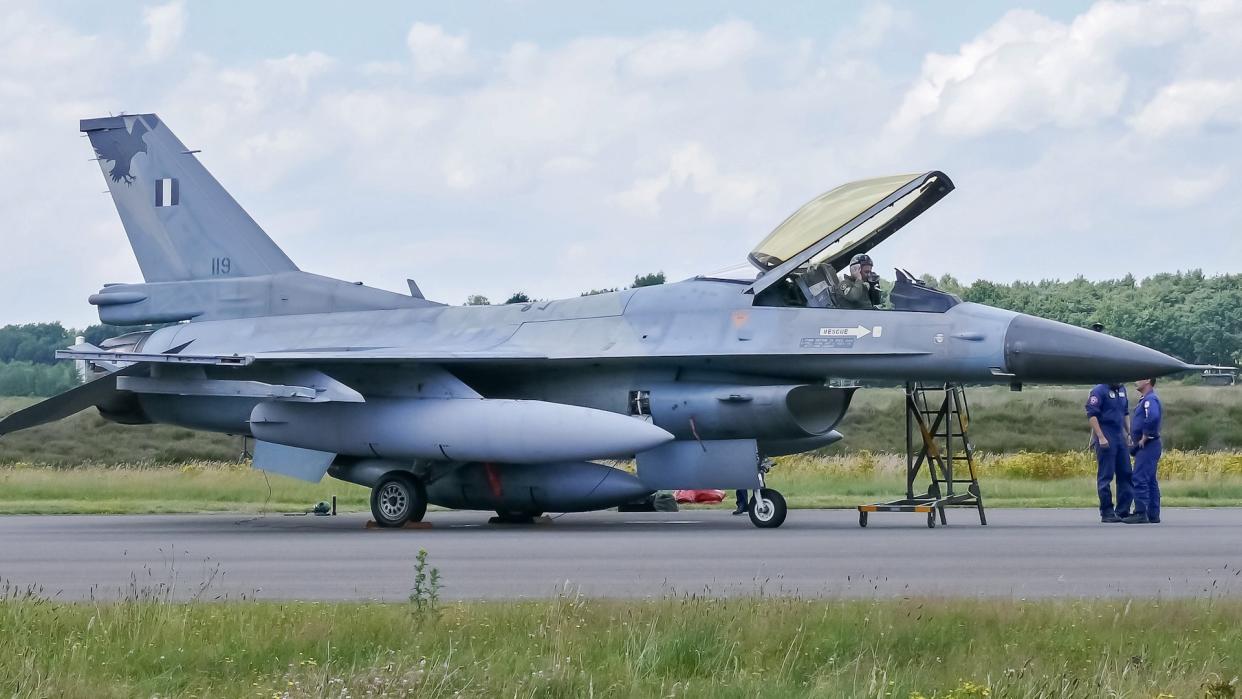
- Oops!Something went wrong.Please try again later.
Reports out of Ukraine suggest that the country may be set to receive more F-16 fighters, this time from Greece. The possibility of the transfer of surplus Hellenic Air Force F-16s to Ukraine is something we have raised in the past. Now, reports indicate that 32 of the aircraft could be headed to Ukraine, where they will eventually join others donated by Belgium, Denmark, the Netherlands, and Norway.
Citing unnamed diplomatic sources, the Kyiv Independent, a Ukrainian online newspaper, reports that the 32 former Hellenic Air Force F-16s will be included as part of a significant expansion of Greek military aid to Ukraine.
Greece to transfer 32 decommissioned F-16s to Ukraine
A near-miss missile incident in March involving the Greek Prime Minister in Odesa has spurred Greece to increase its military aid to Ukrainehttps://t.co/caegQyP8NF— Euromaidan Press (@EuromaidanPress) July 17, 2024
According to the same report, further impetus for this boost was provided by an incident in March this year, when Greek Prime Minister Kyriakos Mitsotakis narrowly escaped a Russian missile strike when he visited Ukrainian President Volodymyr Zelensky in Odesa.
“We heard the sound of sirens and explosions that took place near us,” said Mitsotakis, back in March. “We did not have time to get to a shelter. It was a very intense experience,” Mitsotakis added.
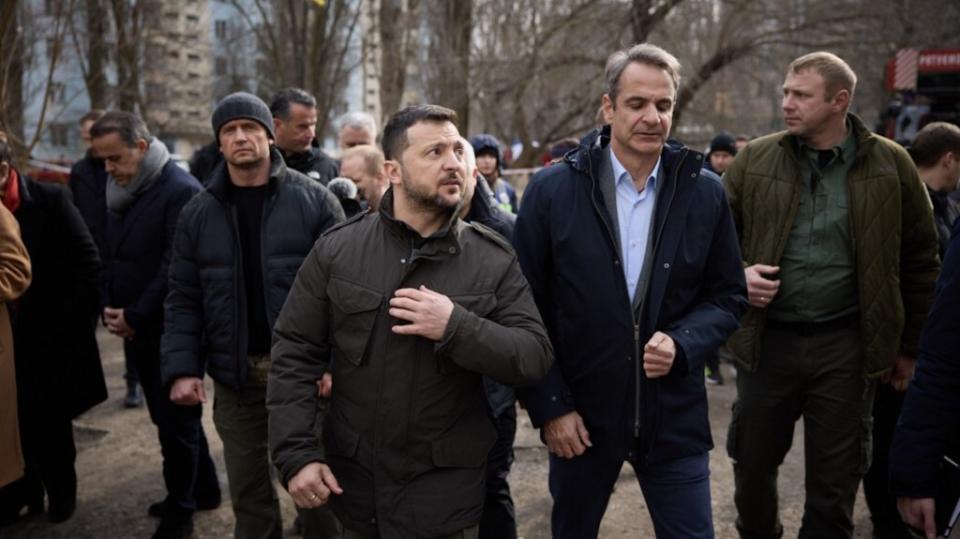
The timing, location, and weapon used in the strike led some to suggest that it was a decapitation attempt by Russia on the Ukrainian leadership. Others, meanwhile, have argued that the strike may well have been calculated to send a message to Greece, which has historically had good relations with Russia.
Whatever the intent, the missile strike on Odesa has only triggered additional Greek support for Ukraine. While public support for Russia has dropped in recent months, the government in Athens has stepped up its provision of military equipment to Kyiv.
Military equipment provided by Greece to Ukraine has included a reported 40 BMP-1 infantry fighting vehicles, as well as Stinger anti-aircraft missiles, and much-needed artillery shells.
This appears to be one of the first sighting of Ukrainian BMP-1A1 Ost.
Greece has reportedly delivered 40 BMP-1A1 Ost to Ukraine in exchange for 40 Marder IFVs. Surprisingly it is missing M2 Browning mount added on most of the Greek BMP-1A1 Ost fleet.
2022 RU invasion of UA pic.twitter.com/EqjpnjHc09— Buschlaid (@BuschModelar) April 25, 2023
As for the F-16s, these would appear to be the early-model examples that we reported about Greece planning to dispose of back in March this year.
At the time, the Greek Minister of Defense Nikos Dendias plans to overhaul the Hellenic Air Force, including offloading these older F-16s, at least some of its French-made Mirage 2000 fighters, plus the last of its veteran F-4 Phantom fighters.
“We cannot carry on this way,” Dendias said at the time. “The F-4s need to be retired and, if possible, sold. The Mirage 2000-5 is an exceptionally capable plane and can be sold. The Block 30 F-16s need to be sold. And I think we will be able to sell the [Mirage 2000-5 and Block 30 F-16s].”
For Greece, rationalizing its highly heterogeneous fighter forces makes sense. With F-16V upgrades underway for its newer F-16s, Rafales in the process of arriving, and F-35A stealth fighters planned for the future, giving up some of its older assets is a logical step.
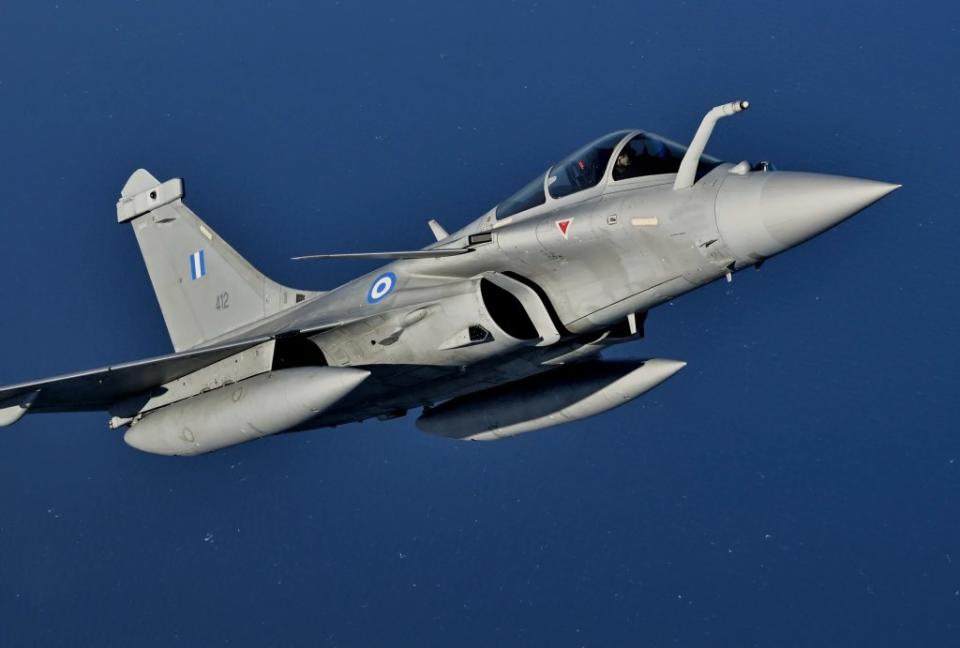
The older F-16s are the survivors of 34 single-seat F-16C and six two-seat F-16D Block 30 jets that were procured under the Peace Xenia I Foreign Military Sales program and delivered between 1988 and 1990.
Today, the Block 30 jets are consolidated within a single Hellenic Air Force squadron, 330 Mira, and they have undergone the Falcon UP service-life extension, meaning they still have some valuable flight hours remaining.
However, they are notably less capable than Greece’s later-model F-16C/Ds, which comprise Block 50, Block 52+, and finally Block 52+ Advanced variants.
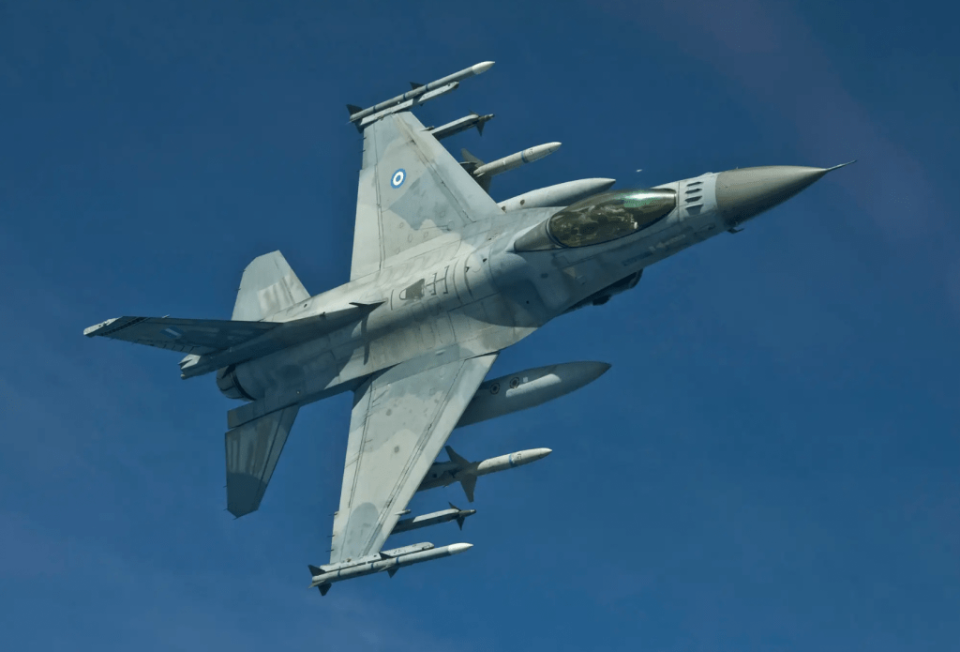
Reflecting this, there have long been suggestions that Greece might sell off its Block 30 aircraft, either for continued frontline operations by another country or perhaps to a private contractor for use as ‘red air’ aggressors during training.
After much hard campaigning, Ukraine finally looks set to get its hands on its first F-16s, perhaps even starting this summer.
At this point, Ukrainian F-16s are being drawn from a multinational European consortium spearheaded by Denmark and the Netherlands.
At the latest count, around 85 F-16AM/BMs have now been committed to Ukraine. These comprise 24 from the Netherlands, 19 from Denmark, and 12 from Norway (with the same country providing 10 more that will be used for spare parts), while Belgium says it will supply 30.
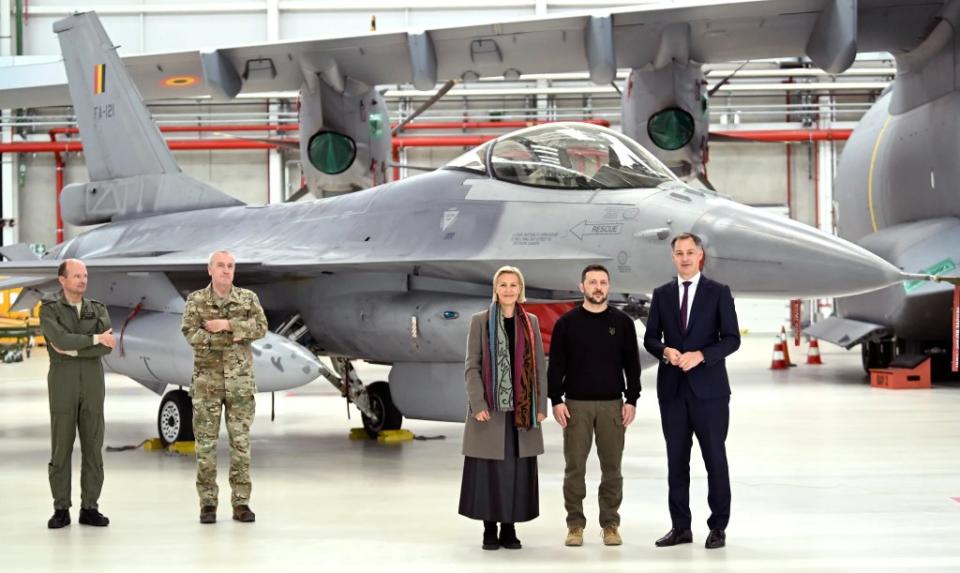
It’s unclear exactly how many of these aircraft will arrive in Ukraine for combat use, with others being held back for training in Europe, and yet more constituting a strategic reserve for Ukraine in other NATO countries.
It’s important to note that, unlike these other F-16 operators, Greece is not part of the European Participating Air Forces (EPAF), so its aircraft have not undergone the same upgrades that provide a broad commonality across the relevant fleets.
At the same time, it’s hard to imagine Kyiv turning down the offer of more F-16s if this is formalized.
If Greece is indeed set on expanding its arms transfer to Ukraine, there will surely be renewed calls for the country to send much-needed S-300 long-range surface-to-air missile systems. As an outlier within NATO, Greece has fairly significant stocks of Soviet-era and Russian-made air defense systems, and early this year there were reports that Athens could be ready to provide some of these to Ukraine.
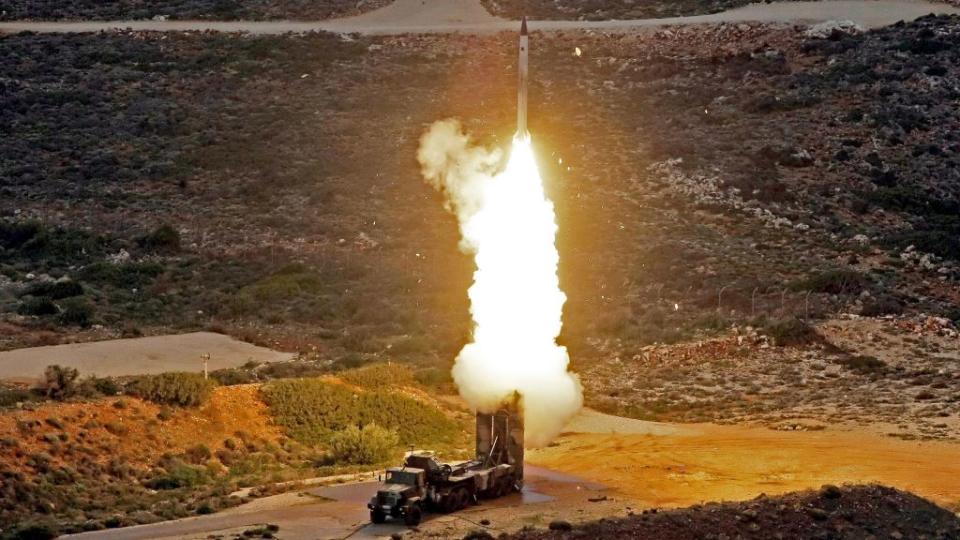
Costas Metaxakis/AFP via Getty Images
In January this year, reports in the Greek media suggested that the country might be prepared to transfer its S-300 battery to Ukraine, as a condition of the United States approving the sale of F-35A stealth fighters to Athens. Prime Minister Mitsotakis later said that transferring the S-300 would create a gap in Greece’s air defenses, although this is a decision that could likely still be overturned if the conditions were right.
As it stands, Ukraine arguably has an even greater need for long-range ground-based air defenses than it does for more F-16s, a requirement that could be fulfilled in part by Greek S-300s, which also offer a significant degree of commonality with Ukraine’s Soviet-era air defense systems.
For many years now, the fate of Greece’s Block 30 F-16s has been uncertain. If the latest reports are accurate, it looks as if, in Ukraine, these still-potent jets may finally find a new home.
Contact the author: thomas@thewarzone.com

